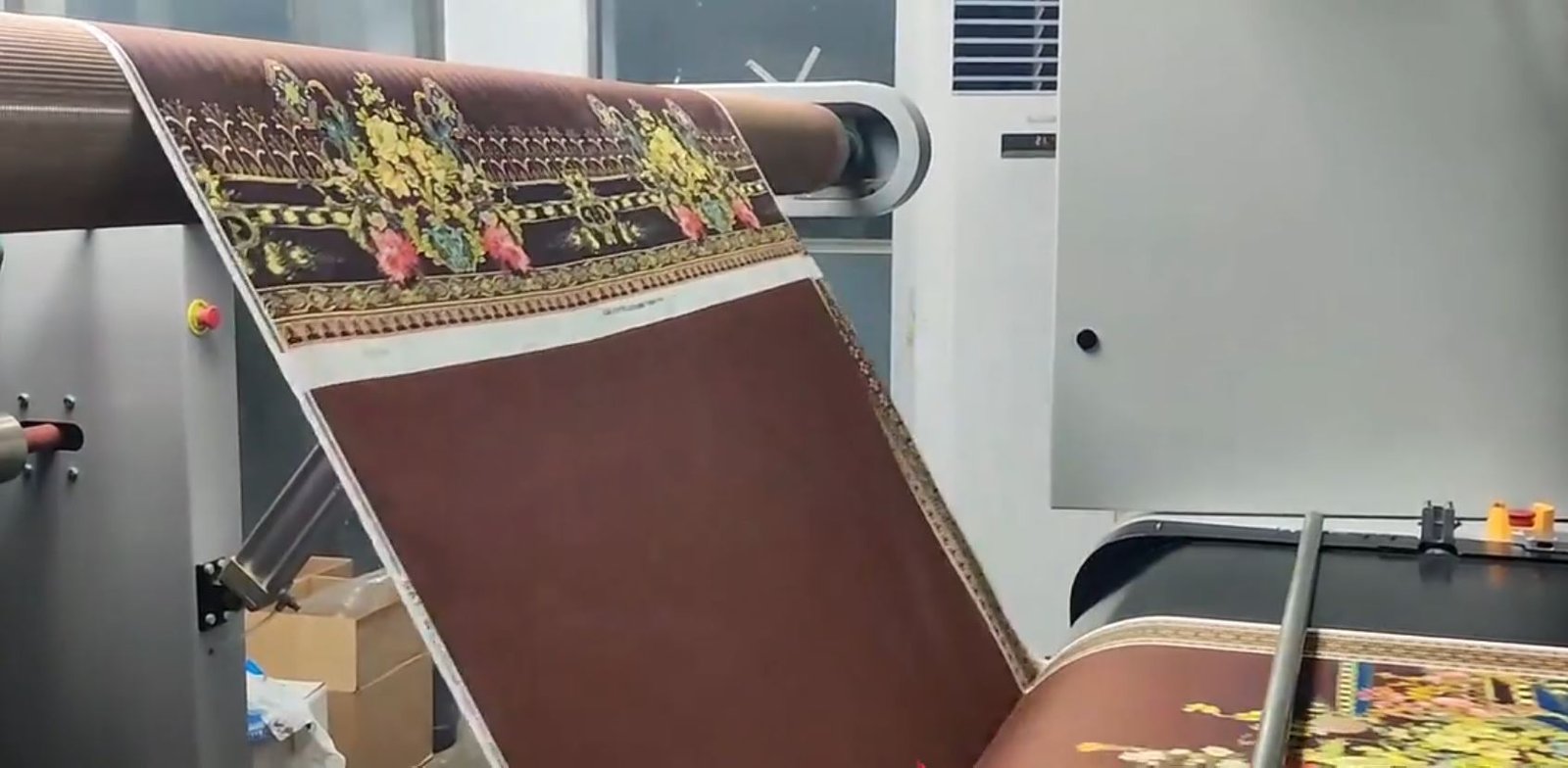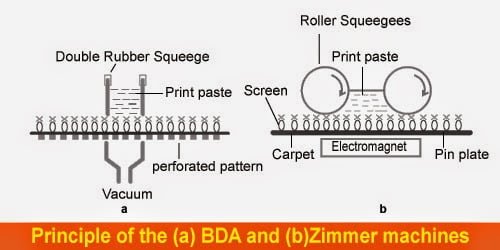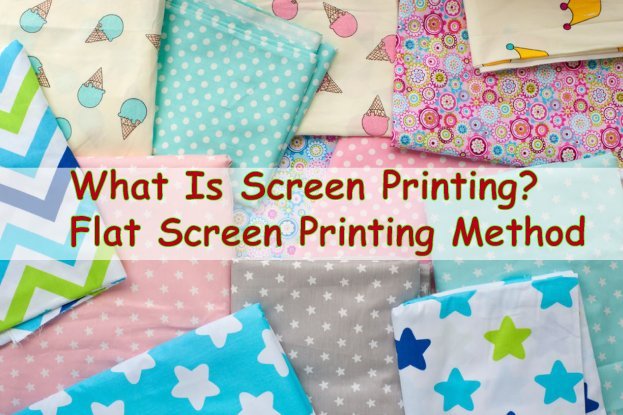Different Types of Textile Printing Technique
Last updated on July 23rd, 2023 at 11:25 pm

Color always provides interest and impact. Printed textiles can attract consumers and convey new fashion trends easily and comparatively quickly. They help to balance collections or ranges and add variety. Some of the most common printing techniques are discussed here:
Block Printing
Block printing is a traditional technique that uses carved wooden or linoleum blocks to create repeating patterns or designs on fabrics. This ancient method dates back thousands of years and is still practised in many parts of the world today. Block printing is valued for its simplicity, versatility, and ability to produce beautiful, handmade prints.
Burn-out Printing
This is a technique whereby a chemical is printed on to a fabric constructed from two fibres. The chemical destroys one fibre creating sheer areas.
Discharge Printing
A light pattern on a dark background is created by printing a paste on to the fabric. The paste removes the background color.
Engraved Roller Printing
This uses images that are engraved on to a metal roller. The roller is inked and is transferred to the cloth under pressure.
Screen Printing
Screen printing is based on the stenciling process. A fine mesh screen is created and the areas not to be printed are chemically blocked out by a photographic process. A different screen is needed for each color required. A squeegee is used to push the printing ink through on to the cloth. This may be done by hand or by a machine, depending on whether the fabric is a sample length, a ‘one-off’ or for mass production. The textile may be printed before the garment is constructed or after depending on whether the print is a place print, a motif or a graphic print on cut pattern pieces.
Heat Transfer Printing
This works by passing a paper with the printed design through heated rollers, with the cloth, consequently transferring the print. Dye transfers from paper to cloth can be done by hand using colored paper and a small heat press.
Printing Inks
Glitter may be added to flat color or hand-rendered paint effects. Flocking provides a velvety texture which depends upon the fibre used to flock. Expanding inks also provide texture and begin to expand after being applied to the cloth.
Photocopy Transfer Paper
This is a sampling or ‘one-off’ technique where a design may be photocopied on to a coated paper – the scale is limited to the scale of copies produced from the copier; a large print could be created by patching pieces together. The printed paper is then transferred to the cloth by heat, usually a heat press, sometimes an iron, depending upon the size of the print. The backing paper is then removed. This technique is useful for reproducing photographic quality imagery. If a design includes any text it is essential that this is reversed (as a mirror image) on the photocopier so that it will print the correct way round on the cloth.




Amazing article, Thanks For sharing this with us.